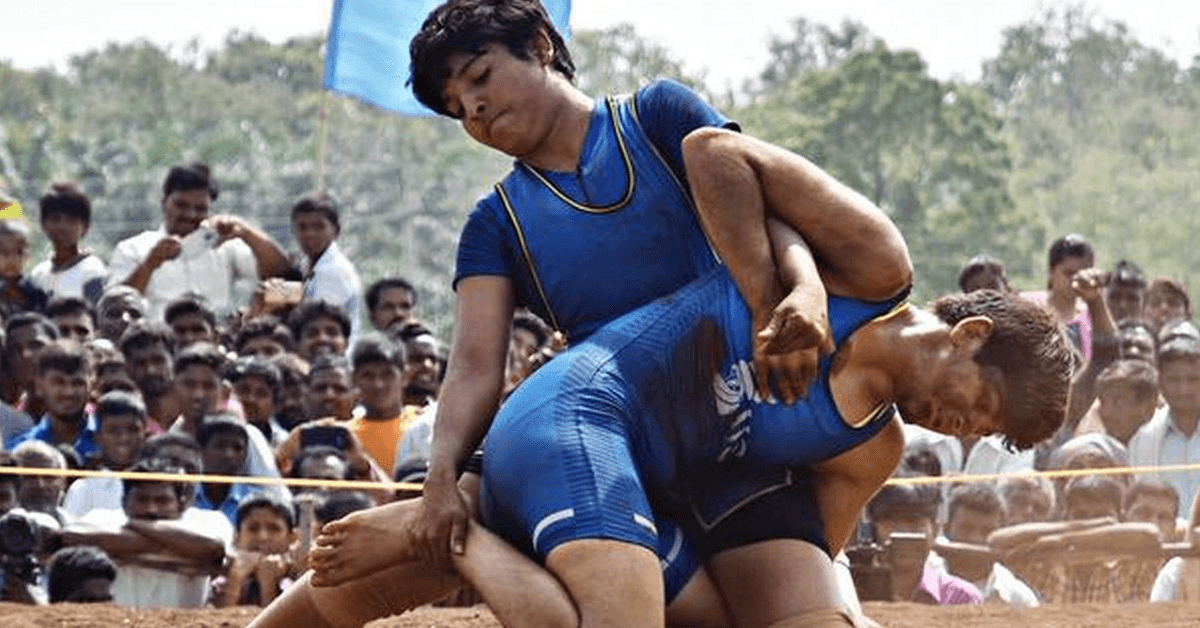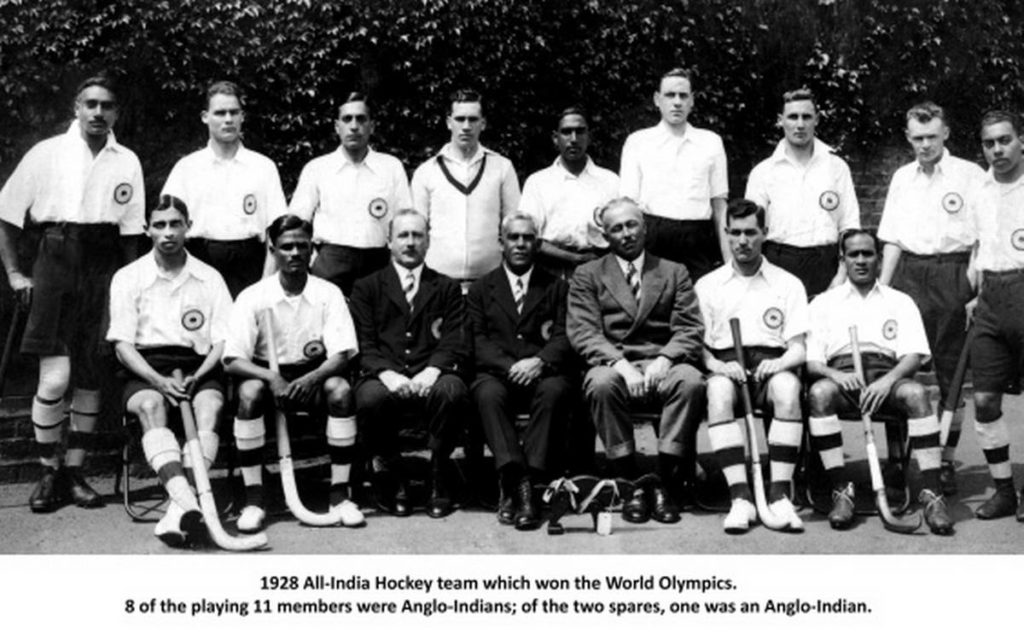Featured
Is ‘regionalism’ good for sports in India?
Certain sports have a tendency to thrive in certain pockets of the country. But have you ever wondered why this happens? Is it favouritism? Or is it 'regionalism'?

India is a country which is known for its diversity in every walk of life. It’s no different when it comes to sports.
Take a broader look at sports in India. You will see that certain sports have a tendency to thrive in certain pockets of the country. For instance, hockey is mostly dominated by Punjab. On the other hand, football sees a domination by the north-eastern states (in recent past, earlier it was Bengal and Goa). Cricket has largely been dominated by Mumbai. Even when you look at the competitive events in the respective sports, you will find the trend being reflected.
The sport which dominates the state of Haryana is… (no prizes for guessing)… wrestling. Almost everyone in the wrestling circuit hail from the state up north. Every member of the Indian team, barring one, hails from Haryana.
But have you ever wondered why this happens? Is there something about the culture of that region? Is it favouritism? Or is it 'regionalism'?
Why does a region dominate a sport?
First up, let’s try and dissect why specific sports are generally concentrated in specific pockets of the country.
Let’s take the case of wrestling. It’s not hard to fathom why Haryana dominates the sport. If you do some basic research and turn some pages from history and Haryana’s culture, you’ll find that the domination is somehow linked to the majority of its people’s collective preference for a robust physique that helps them work in the fields under the sun, get jobs in the military, and indulge in sporting activities.
Wrestling has been an integral part of traditional Haryana, especially in the rural parts. Grapplers in loincloths have been known to compete for cash or kind prizes in dangals on akhadas since time immemorial. These akhadas have produced some of India’s best wrestlers.
On top of that, the Indian Army has further laid a foundation for agrarian Haryana to turn into the country’s sports nursery. If you inspect more closely, you’ll find that all the early Olympians from the state had an army background. Even after retirement, many of them turned to coaching and helped inspire and shape generations of champions.
It was the army which gave the initial push. However, to sustain the momentum, what was more important was the subsequent state governments’ decision to give the athletes incentives, cash rewards, facilities, among other.
All these factors lead to the state’s dominance in wrestling. Likewise, at one time the same happened with football in Bengal and cricket in Mumbai and so on.
How much does regionalism affect a sport in India?
If you take a broader look at sports in general, you’ll see how this regionalism has impacted specific sports.
For instance, take hockey. The dominance of Punjab in the sport has killed the culture of the sport in the Anglo-Indian community.

Once upon a time, the best of the best in the Indian hockey team hailed from this community. Hockey maestros like Broome Penniger, Richard Allen, Dickie Carr, Leslie Hammond, the Goodsir-Cullen brothers among many others — now long-forgotten — all played their roles in India’s early dominance of the game.
The ‘golden era’ of Indian hockey was between 1928 and 1936 — a period when the country, in its first three Olympics, outplayed anyone and everyone and finished with an incredible goal ratio of 97:3. Mostly, people associate this era with the legend of Dhyan Chand. But what many don’t know is that the ‘golden era’ would not have been possible ever without the large number of Anglo-Indian hockey stars.
However, nowadays, with Punjab dominating the sport, there are hardly any Anglo-Indians in the team. A community which produced dozens of world-class players has now become silent. Not only the Anglo-Indian community; there was a time when the Muslim community in UP used to produce skilled players but now they are not found any more.
Now, take football. A few years back it was Bengal who dominated the sport. The clubs hailing from the region used to thrive in the national competitions, the players used to outnumber players from all other regions in the national team.
There is no questioning the talent of the players from Bengal, they were some of the bests India had ever seen. But in hindsight, did their dominance really bode well with the team?
It holds true for wrestling as well. In the last five years, Indian wrestling has produced only two major achievements — Sakshi Malik’s Rio Olympic bronze and Bajrang Punia’s World Championship silver — on the international front. Achievements like medals at Commonwealth Games or the Asian Games are celebrated with aplomb nowadays.
Such is the scenario, people forget that once India used to rule the world meets in wrestling. Wrestling was the only sport (only considering individual sports) in the country which doubled its Olympic medal tally in the post-Independence era. Now, going into Tokyo 2020, India has two potential medallists among the wrestlers. It’s a good thing, having two potential medallists, but there could have easily been more.
At the 2008 Olympics, India won medals across four sports — shooting, wrestling, boxing and badminton. In the 12 years to follow, each of these sports, bar wrestling, has seen a pan-India growth. Today, India has shooters from Haryana, from Bengal, from South India. Badminton has prodigies all across the country, and so has boxing. All these sports have started flourishing in numerous pockets in India. Wrestling, on the other hand, has stagnated.
A sport being concentrated in any specific pocket — is that really a good thing for the sport itself in the long run?

